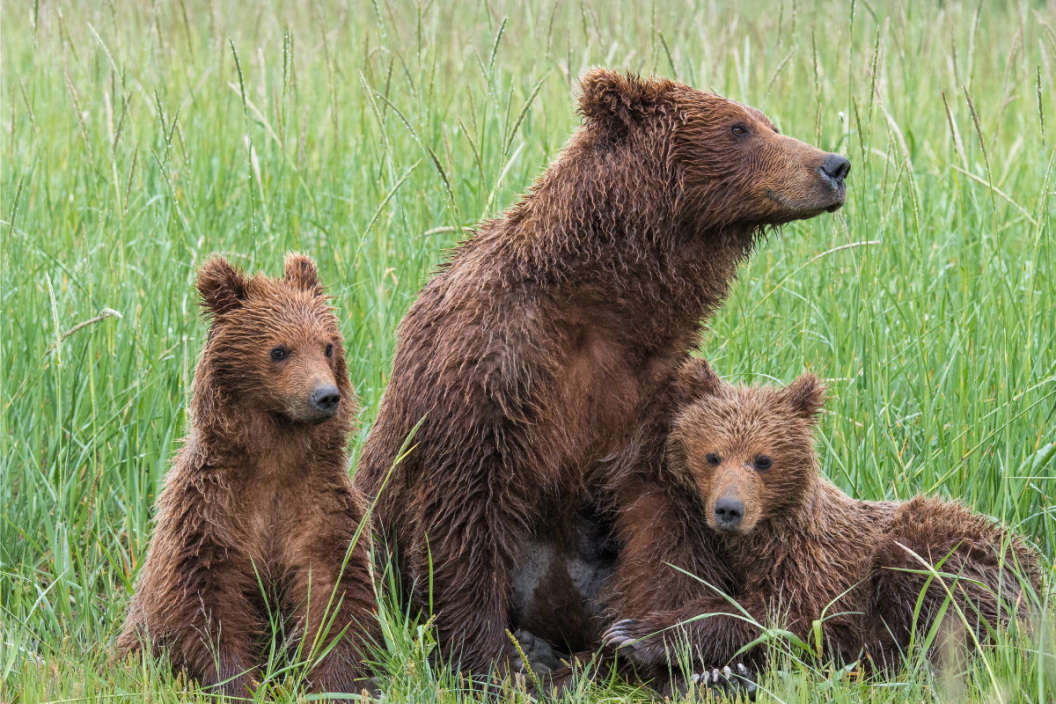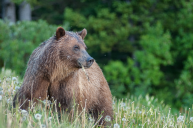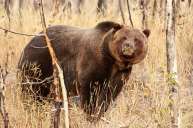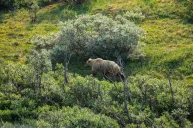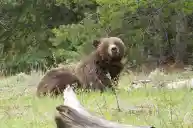Grizzly bears once roamed throughout the west coast in California, Oregon, and Washington. However, they have completely disappeared from the ecosystem. The last time a grizzly was seen in the North Cascade Mountains in Washington was in 1996. But that may change, according to a press release from the National Park Service and U.S. Fish & Wildlife Services that announced a new Environmental Impact Statement process has begun exploring repopulation options.
Grizzly bears were once a vital part of the North Cascade ecosystem, keeping other species in check and distributing plant seeds, but they were hunted almost to extinction.
"This is a first step toward bringing balance back to the ecosystem and restoring a piece of the Pacific Northwest's natural and cultural heritage," said Superintendent Don Striker of North Cascades National Park. "With the public's help, we will evaluate options to determine the best path forward."
The National Park Service and U.S. Fish & Wildlife are looking at a 10(j) experimental designation. This would give flexibility to local land managers when managing the bears. If they select this route, there will be additional control, certainty, and safety in the area.
"By designating bears in the area as a 10(j) experimental population, the agencies can have more flexible options available for management. This would give authorities, ranchers, and landowners more options for managing bears to reduce or avoid conflicts while focusing on recovery. The 10(j) experimental population designation would benefit the people and property in local communities, as well as the grizzly bears," said Hugh Morrison, acting regional director for the U.S. Fish & Wildlife Service.
In 2020, the Department of Interior terminated a previous EIS process to repopulate grizzly bears in the area. The new process begins with the announcement and will be open to public comment.
